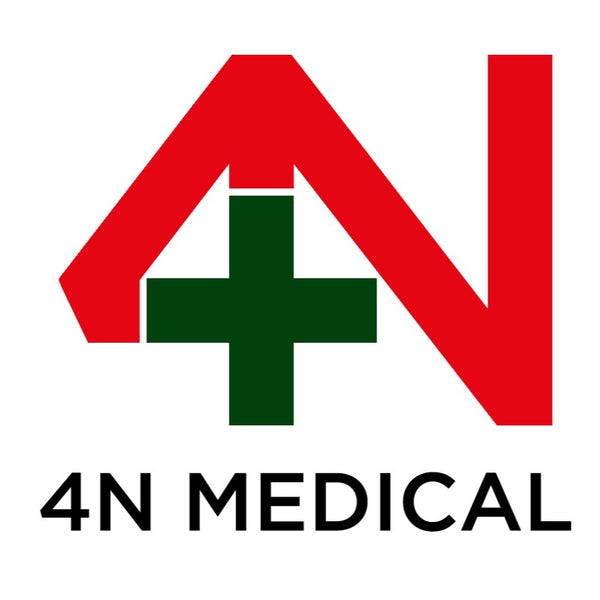
Non-Woven Gauze Pads
Share
What's the difference? Why are some only 4-ply, while others are 8-ply or 12-ply?
Typically, there are several product categories to choose from. Gauze Rolls (Sterile or Non-Sterile), Gauze Pads, Gauze Sponges, Non-Woven Gauze Pads, etc.
The most common product is the gauze pad which is made from 100% cotton and comes in different “plys” (or folds). The higher the ply, the more absorbent the pad. On a typical 3” x 3” 12-Ply sterile gauze pad if you completely unfold the gauze pad there will be 12- 3” x 3” cotton squares. The product itself is folded over that you have 12 “layers” of absorbency. Hence, if you have an 8-ply pad you would have 4 fewer layers and it would not be as absorbent. 100% cotton pads also help “wick” the wound area to remove the liquid from the wound site. Sterile product is advised when directly contacting the wound site, however, non-sterile gauze sponges can be used as packing material for a wound or to be used as a pressure dressing. Most common packaging is 1 pad per package in a sealed and sterile pouch. However, some manufacturers carry a “2-Pack” that are designed primarily for the hospital market where having 2-pads per package saves on time when dealing with traumatic injuries.
Non-Woven Gauze Sponges typically have less absorbency and a lower cost point because the manufacturing process is less expensive. These also typically have more of a more non-adherent effect on the wound site and lessen the chances of lint getting into the wound. You would have to use more non-woven pads to equal the absorbency rate of a woven pad, so the cost savings can be negated based on the injury.
 Our Gauze Sponges are available in bulk, boxes, and Individual packs - Gauze Dressing Pads for wound care and first aid in a variety of sizes from 2" x 2" and 2" x 3" to 3" x 3", 4" x 4" and trauma, off-center compress and eye pad configurations - Different Gauze sponges for different purposes! Bulk buy or individual Eye Pads, Compress Absorbent Gauze & SmartTab EzRefill Gauze Dressings. ALSO SEE Trauma pads, Sterile Gauze rolls, Non-Sterile Gauze rolls & Non-Stick Gauze Pads
Our Gauze Sponges are available in bulk, boxes, and Individual packs - Gauze Dressing Pads for wound care and first aid in a variety of sizes from 2" x 2" and 2" x 3" to 3" x 3", 4" x 4" and trauma, off-center compress and eye pad configurations - Different Gauze sponges for different purposes! Bulk buy or individual Eye Pads, Compress Absorbent Gauze & SmartTab EzRefill Gauze Dressings. ALSO SEE Trauma pads, Sterile Gauze rolls, Non-Sterile Gauze rolls & Non-Stick Gauze PadsGauze Dressing Pads: Sterile & Non-sterile as well as Trauma Pads, Compresses & even Eye Dressing Pads!
